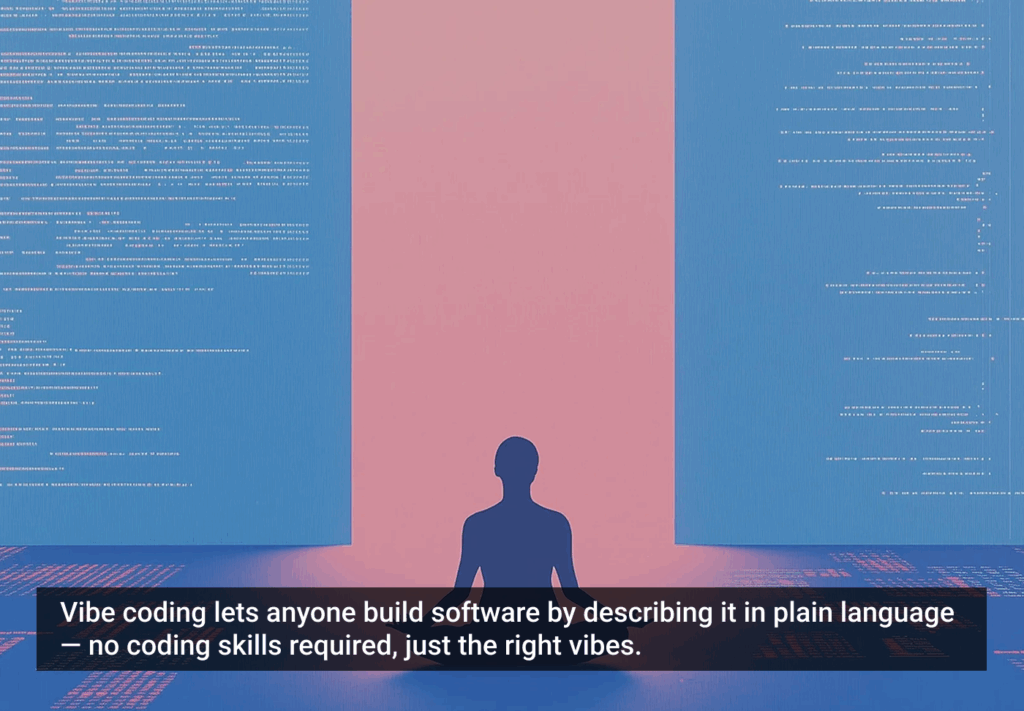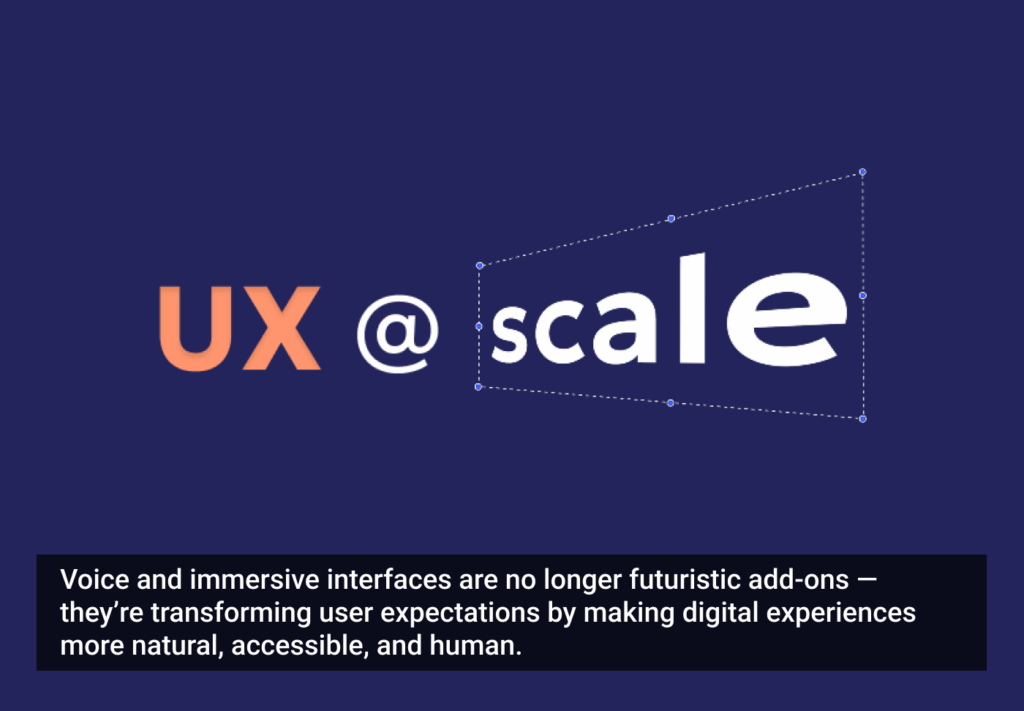Searching on LinkedIn for titles such as VP User Experience Design or VP Global Design turns up very few people with those titles and roles. There are plenty of Head of ____ and Director of ____ roles, but few vice presidents.
One reason might be the confusion over what a user experience is and where user experience starts and customer/brand experience ends. Another reason might be in understanding what UX people do and the value it provides in terms of a return on investment.
It’s astounding how much debate and disagreement there is over what user experience means, the disciplines involved, and the approaches people take who call themselves UX designers. The irony is that even for people who create clarity out of chaos and complexity, the term user experience is confusing and fails to serve the field or the people that work in it.
In the mid-nineties I defined customer/user experience as the complete chain of interactions that an end user has with the brand/company both physical and emotional. These days, people who contribute to creating and designing user experiences typically work in the areas of: user research, usability testing, interaction design, information architecture, writing, graphic and industrial design, or engineering.
So one of the first issues might be defining the “boundaries” of UX and how to organize it inside a company. Where does the role of brand marketer and product manager begin and end and how do they overlap with UX? Should UX be its own department or fit in under marketing or product management?
If I were the CEO of a company I would want a Vice President of UX to report to me and, while collaborating with other organizations, be accountable for the end-to-end customer experience, demonstrating the incremental contribution to revenue and profits.
Here I think a VP of UX could collaborate with a VP of Marketing to not only set a strategy and vision for the customer/user but to use the skills and approaches of UX to help execute the plan beyond just the product experience and into other customer touch points. The VP of UX would focus on the whole customer experience and ensure great experiences through design and design thinking across all customer touch points and organizational silos that deliver those touch points.
Another reason that VP of UX is not a common position in organizations might be that designers typically don’t speak the language of business. To me this is one of the primary roles of a VP of UX. She should connect the business to the product to the user experience. She should create spreadsheets with key performance indicators (KPIs), measure them, and report on the progress.
UX has to deliver results and demonstrate those results to get and maintain a seat at the table! And while at the table the VP of UX should deliver the results in business terms of the value of executing great user experiences. Certainly many designers focus on the goals of the business, but I think the point here is that we need to estimate, forecast, measure, and communicate in business terms to business people.
Great user experiences don’t happen by accident or with a single UX person on a team. They require hard work from a multi-disciplinary team working across functional groups with a process and set of tools in the appropriate organizational structure. Designers need leaders who can frame what they do inside companies and organize their groups to deliver great user experiences. User experience design is so fundamental and critical to business success that most companies should have a VP of UX.
So why should you hire a VP of User Experience Design? Because she can:
- Define the UX vision and strategy across the company
- Work with marketing, product management, R&D, and customer support to define and execute on the end-to-end customer experience at both the macro and micro interaction level
- Define critical KPIs, metrics, and business outcomes that deliver an ROI to the organization and communicate them effectively
- Organize the skillsets that deliver the UX and the interactions with other organizations to execute and demonstrate great design
- Infuse the culture with a design thinking mindset—a creative approach to solving business, product, and user problems
- Communicate that great user and customer experiences are great business and great business leads to sales and profits
I would love to hear about your experiences, suggestions, and ideas regarding the role of a VP of UX or internal company dynamics in general.
Image of ice crystals courtesy Shutterstock.







